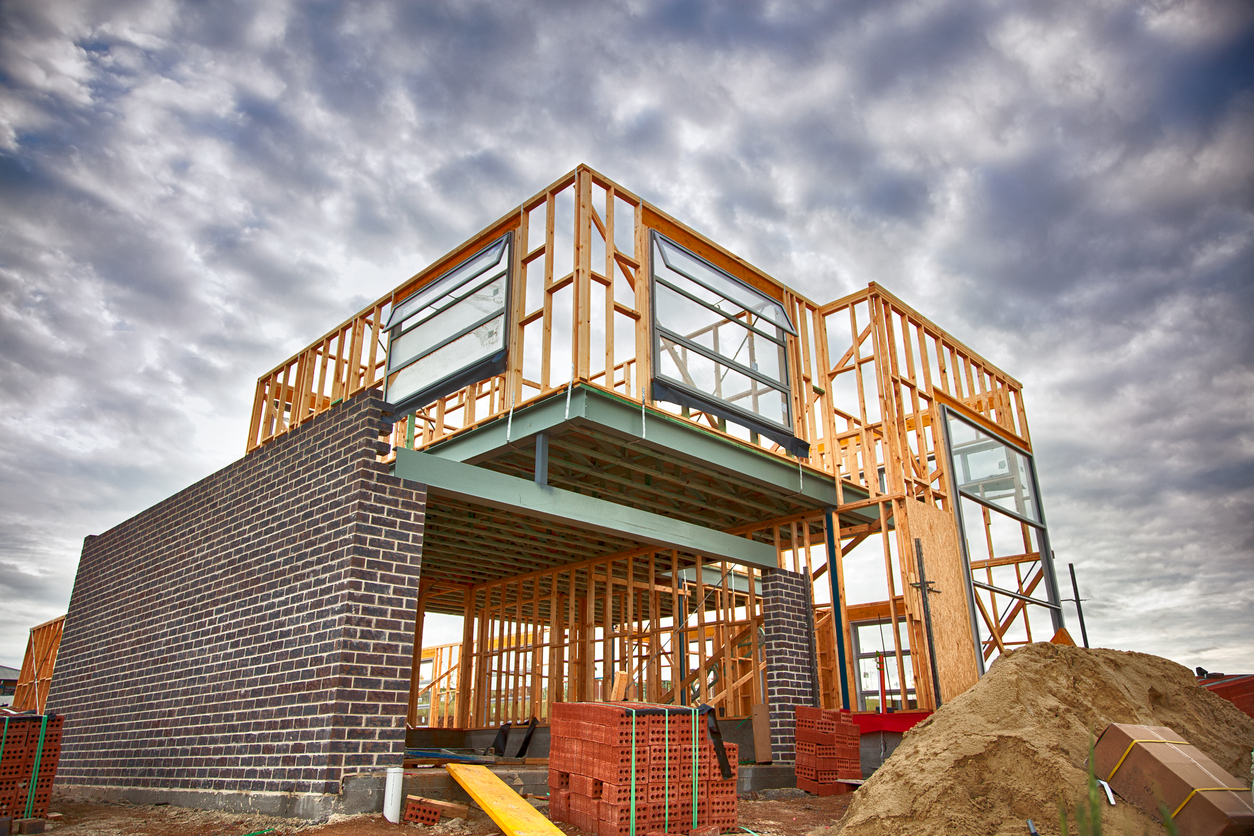
Last week, I gave a lot of airtime to demand, but not so much to supply? It was deliberate? Why?
So last week I did a bit of a deep dive on affordability in Australia – looking at the key factors driving it and just what kids today can do about it.
If you know any young people trying to find their feet in the market, and trying to figure out up from down, send it on to them.
The feedback I’m getting is that it’s helping people really understand just how the market works, and helping them sift through some of the BS that’s out there.
In the second part of the series, I took at look at the five big disruptions to the demand side – disruptions that really put a rocket under house prices over the past 20 years or so.
Someone asked me why I focused so much on the demand side of the equation, and didn’t have all that much to say about supply.
And that is a good point. I have written quite a lot about how Australia’s constipated planning systems have artificially engineered a housing shortage in Australia.
I suppose I didn’t give it such a focus because those arguments are well known, and it’s the demand side that is a bit more baffling to most people.
I also suspect that the demand side factors are totally swamping the supply side ones.
When you think about market balance, on the demand side you’ve got the number of people looking for a house, multiplied by the amount of money they’re prepared to pay. On the supply side is the number of houses.
People x money : Houses
The ‘house’ side of the equation is puddling along. We’re building, but obviously not quickly enough. But on the demand side of the equation, we’ve got the number of people growing very quickly, particularly in the east coast capitals, and the ‘money’ side growing exponentially – through banking sector deregulation and so on.
So I don’t know for sure, but I still think the key to understanding house prices is on the demand side.
That said, supply is definitely important. We need more houses.
This is normally the point where someone accuses me of being a shill for the white-shoe brigade of big-money developers.
“Creating affordable housing through increased supply is just a sugar coating developers put on their projects to convince people to let them build twenty stories on turtle nesting grounds.
Another hundred tacky luxury apartments does nothing for affordability.
More supply does not improve affordability.”
And look, I can understand why people might think this. People have first hand experience of extra demand driving up prices. But very few people have seen extra supply bring prices down.
And when prices are rising, when a location is becoming more popular, developments do tend to be aimed at the top of the market, because that’s where margins are higher.
So people can be crying out for affordable housing, but the only new supply coming online is way out of their reach from day one.
So the supply effect is subtle, but it does exist. Pointy-headed economists have proved it.
But there’s a few reasons why the effects are not going to be noticeable – and are therefore more debateable.
The first is relative speed. Say you get some kind of demand shock – a mining boom, or a high immigration intake – demand can spike over night. Supply, on the other hand, can take years to respond.
The PC reckons it can take over 100 months to bring new land to market in Sydney!
Second, supply has to push back against the flow of demand.
So say you have a suburb that’s totally bought up, where every house costs $800,000. Now lets say you magically create a house and put it on the market for $400,000.
What happens? Well, there’s a bidding war on your property, and the price gets bid up til it is pretty much the current price. Maybe $799,000.
One house does very little to shift the market. And each additional house needs to drag on the current price, bit by bit, to bring it back down.
So to create a noticeable shift in prices, we are talking about a huge amount of supply coming on line. Huge.
So look, supply is important. It matters. But it is slow to react, and it’s not where I’d be putting my public policy focus.
We definitely need to free up our planning systems. No argument there. But for my money, the five big disruptions to the demand side I talk about are the key to understanding the Australian property market.
That’s where the real action is.
Ever seen supply turn a market? Why don’t people think it can?